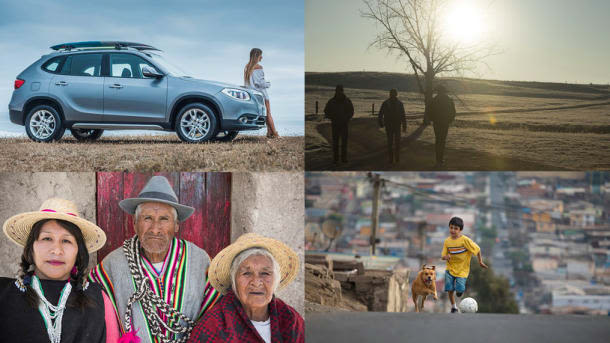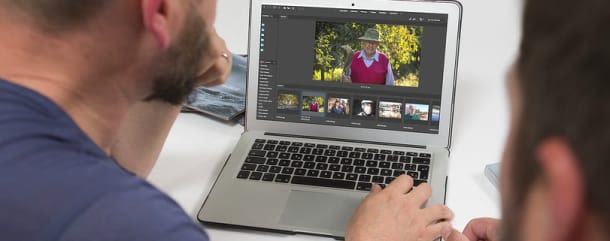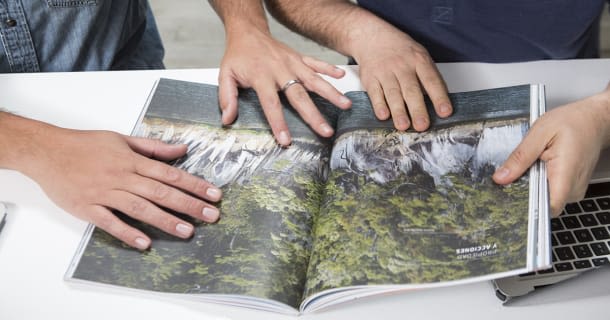Tips for your Commercial Documentary Photos
Discover how to adjust your expectations to reality when creating a documentary image bank with these tips.
Outdoor documentary photography assignments have two characteristics that might seem opposite: they mean working for a client, with established budgets and deadlines, and at the same time they are subject to the variability of outdoor photography. So, with a lot of headwinds, we must work effectively and practically.
CONTRA, a photographic and audiovisual producer specializing in the creation of documentary image banks, shares his essential tips for being well prepared when dealing with these types of commissions, which have differential characteristics with respect to other photographic works.

1. Climate
The weather may vary and not behave as planned. Also, lighting conditions will vary significantly depending on the time of the year in which we conduct our sessions. To make sure everything works, we probably have to take some additional lights with us or schedule sessions differently than we thought.
2. Transfers
We mean the logistics that we have to take into account during the duration of the session. Shooting in a single location is not the same as shooting in multiple spots, since we will have to consider all that transportation time, and also the means in which we will do it. It is important that, if we have a specific customer, we agree on the possible transport changes.

3. Plan B
Although we should have a planned calendar from the beginning of the project, it is always important to have an alternative plan that allows us to respond quickly to any unforeseen events, without needing to detail it in depth to the client. If the weather conditions are very aggressive, or we get stuck in the middle of a transfer, we can take advantage of what we have and improvise a solution that allows us to continue working.
4. Be "pessimistic"
Do not forget this axiom: always be prepared for everything to go wrong. Have spare cameras, more lenses than you need, different lighting equipment... the technical material can fail even if everything is very well prepared, and the only way to overcome this type of incident is to have replacement material.
5. Know the area
It is important to know the place where we will be shooting like the palm of our hand. Visiting it prior to the shoot will allow us to appreciate the unevenness of the terrain, anticipate possible weather conditions and, in short, go much more prepared.

If you liked these tips, remember that you can learn to manage your photos in Bridge and professionally retouch them in Photoshop in the Domestika course 'Documentary photography for commercial use' by CONTRA.







0 comments